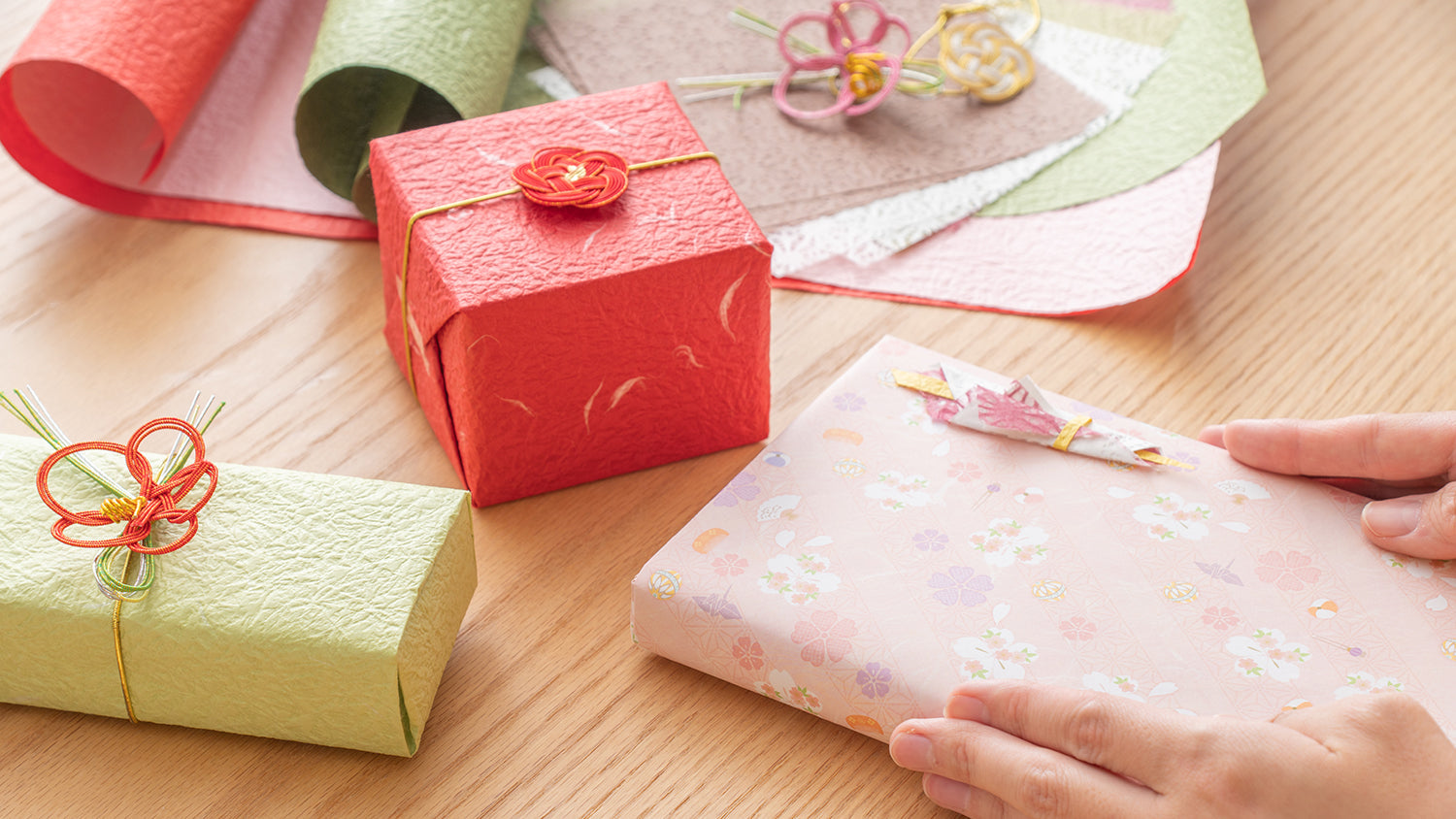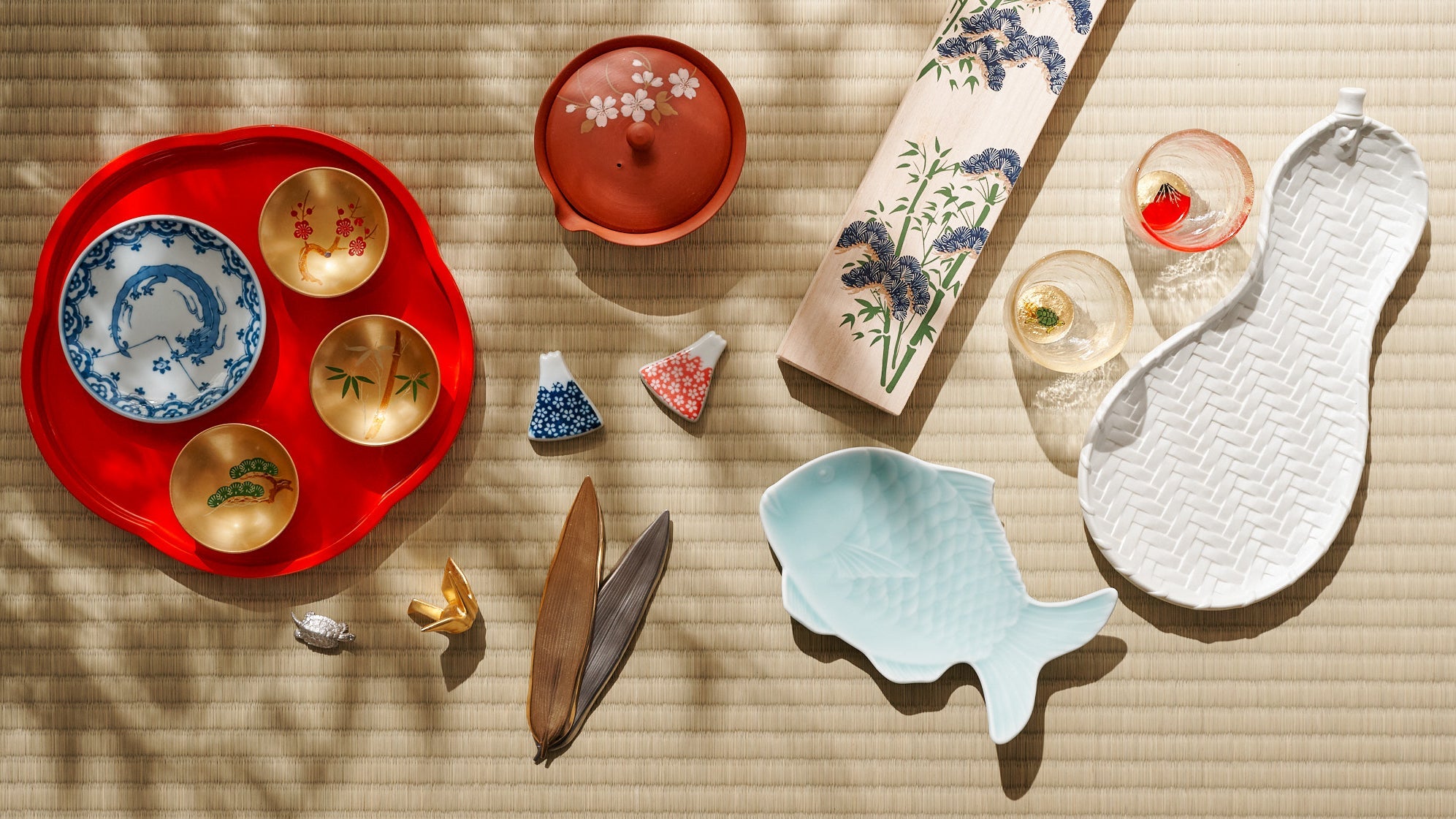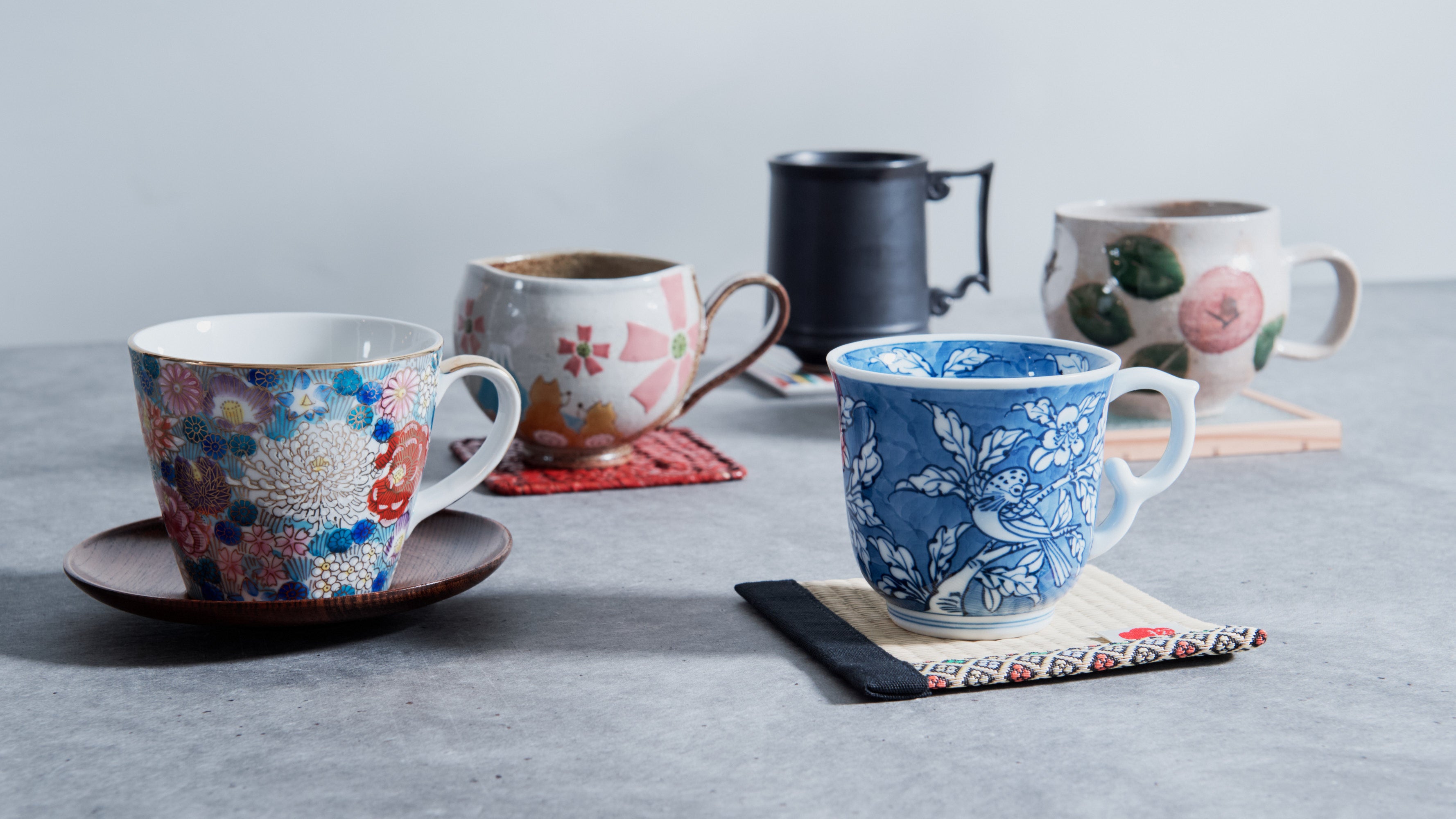
Guide to Japanese Kabuto Samurai Helmet Ornaments
Written by Team MUSUBI
Step into the captivating world of Japanese tradition and artistry with the kabuto samurai helmet ornament, a symbol of strength, honor, and celebration. While the kabuto was originally a functional piece of samurai armor, it has transcended its battlefield origins to become a cherished decorative item, particularly during Tango-no-Sekku, also known as Boys' Day or Children's Day in Japan. This annual festival, celebrated on May 5, is a time to honor the health, happiness, and future success of boys, and the kabuto ornament plays a central role in these festivities.
In this guide, we will explore the multifaceted allure of the kabuto ornament, a decorative piece that has evolved into a beloved emblem of Japanese culture. Whether you are drawn to its historical significance, its artistic beauty, or its role in vibrant festivals like Tango-no-Sekku, the kabuto ornament offers a fascinating lens through which to understand Japan's rich traditions.
Table of contents
The Historical Legacy: From Battlefield to Symbol of Honor
In Japan, the head is considered the most vital and prominent part of the body, and from ancient times, warriors have safeguarded it with protective headgear. Archaeological findings reveal that as early as the Kofun period, spanning from the late 3rd century to the 7th century, warriors already donned kabuto, constructed by joining several iron plates. Initially, these plates were fastened with leather straps; over time, they were riveted, marking the evolution of design and functionality.

By the mid-Heian period (794–1185 CE), advancements in ironworking led to a significant transformation in kabuto design. Larger, sharply pointed rivets—known as hoshi—became a prominent decorative and structural element. This innovation gave rise to the hoshi kabuto. Moreover, with the increasing prevalence of archery, warriors began to incorporate neck guards known as shikoro and flared edges called fukikaeshi to deflect incoming arrows, offering enhanced protection without compromising on style.

The evolution continued into the Kamakura period (1185–1333 CE), where kabuto took on a more rounded form as the number of iron plates increased. The maedate embellishment—a decorative crest attached to the front of a kabuto—became popular, especially in the form of the kuwagata design, which added an extra layer of visual appeal to the helmets. Later, during the Nanboku-cho (1337–1392 CE) and Muromachi periods (1336–1573 CE), the manufacturing method shifted once more: instead of conspicuous rivet heads, the joints of the iron plates were folded back to create a series of linear patterns. A helmet featuring this design is known as a suji kabuto. This refinement not only enhanced the helmet’s aesthetic but also improved its ability to deflect the force of blade strikes.

In the midst of the tumultuous Sengoku era (1467–1590 CE), kabuto were crafted to endure fierce battles and to intimidate foes visually. The transition from functional armor to a symbol of status and artistry was further cemented during the Azuchi-Momoyama (1573–1603 CE) and early Edo periods (1603–1868 CE). The emergence of kawari kabuto—distinctively styled and lavishly decorated helmets—reflected a warrior’s personality, beliefs, and aspirations. In a time when survival was uncertain, these helmets were not only practical but also served as spiritual talismans, later inspiring the tradition of displaying kabuto during Tango-no-Sekku as a wish for health, strength, and success.
Artistry in Detail: Crafting the Kabuto Ornament

More than just a decoration, the kabuto ornament is a masterful blend of function and artistry, rich with symbolism. Its design is composed of five key components, each playing a distinct role in both form and meaning:
Maedate
This is the decorative ornament affixed to the front of the helmet. Originally used by samurai to display their prowess and personal ethos, the maedate often features intricate motifs. Variations in its design have historically hinted at different familial or samurai lineages.
Kabuto Bachi
Serving as the central structure of the helmet, the kabuto bachi originally provided critical protection in battle. In ornamental forms, it offers a bold foundation for decorative flourishes—its shape and finish celebrating the legacy of the samurai.
Fukikaeshi
Positioned on either side of the helmet, these outward-curving flares were originally designed to deflect sword strikes. In kabuto ornaments, fukikaeshi add a sense of movement and drama, evoking the energy and valor of the battlefield through sculptural lines.
Shikoro
Encircling the lower edge of the helmet like a protective skirt, the shikoro was originally crafted from materials like leather or cotton to shield the neck and shoulders from stray strikes. In decorative versions, however, it is often enhanced with vibrant silk threads—known as odoshi-ito—that not only conceal the inner structure but also imbue the piece with auspicious connotations through their color and texture.
Kuwagata
While often considered a type of maedate, the kuwagata deserves special mention. Its horn-like, paired embellishments are particularly striking and have become emblematic of the samurai’s identity. With variations that hint at different historical lineages, the kuwagata serves as both a visual signature and a badge of honor.
Together, these five elements transform the kabuto into a powerful representation of strength, tradition, and artistic expression—a testament to the enduring legacy of the samurai.
Celebrating Tradition: Kabuto in Tango-no-Sekku Festivities
Tango-no-Sekku, commonly known as Boys’ Day or Children’s Day in Japan, has roots that stretch back to ancient Chinese seasonal festivities. Originating as one of the "Five Seasonal Festivals," which marked the transition between seasons, it was a time when the boundary between the natural and the supernatural was thought to blur. To ward off misfortune and ensure well-being during these times of change, families would adorn their homes with seasonal decorations and offer ritual offerings to drive away evil spirits.

Although modern May ushers in a refreshing early summer, it is important to note that in the traditional lunar calendar, the month corresponding to May actually falls in what we know as June. Consequently, the mid-lunar month heralded the beginning of the rainy season. The term “tango” itself refers to the first “horse” day of the lunar fifth month, linking the celebration even more intricately with the rhythms of nature and time.
With the rise of the samurai during the Kamakura and Muromachi periods, the significance of Tango-no-Sekku evolved. It became customary among warrior families to display their battle gear, especially the kabuto, within the home. Far from being seen merely as relics of conflict, these helmets symbolized ultimate protection. Their presence in the household was a heartfelt wish for the children, particularly the sons, to be safeguarded against harm. Parents entrusted these formidable pieces of armor with the hope that, just as they shielded their bearers in battle, they might also serve as guardians to their progeny.
Today, the kabuto continues to resonate as a powerful emblem of honor and protection, bridging Japan’s storied past with the enduring traditions celebrated every year during Tango-no-Sekku.
The kabuto stands as a relic of ancient warfare, yet today, as a decorative ornament, it embodies a rich tapestry of history and craftsmanship. As it graces homes during Tango-no-Sekku, the kabuto serves as an enduring expression of protection, honor, and the hope that each new generation will be shielded from harm. By celebrating these timeless displays, we are reminded that the fusion of tradition and modernity continues to inspire and enrich our understanding of a legacy that transcends time.












Leave a comment
This site is protected by hCaptcha and the hCaptcha Privacy Policy and Terms of Service apply.